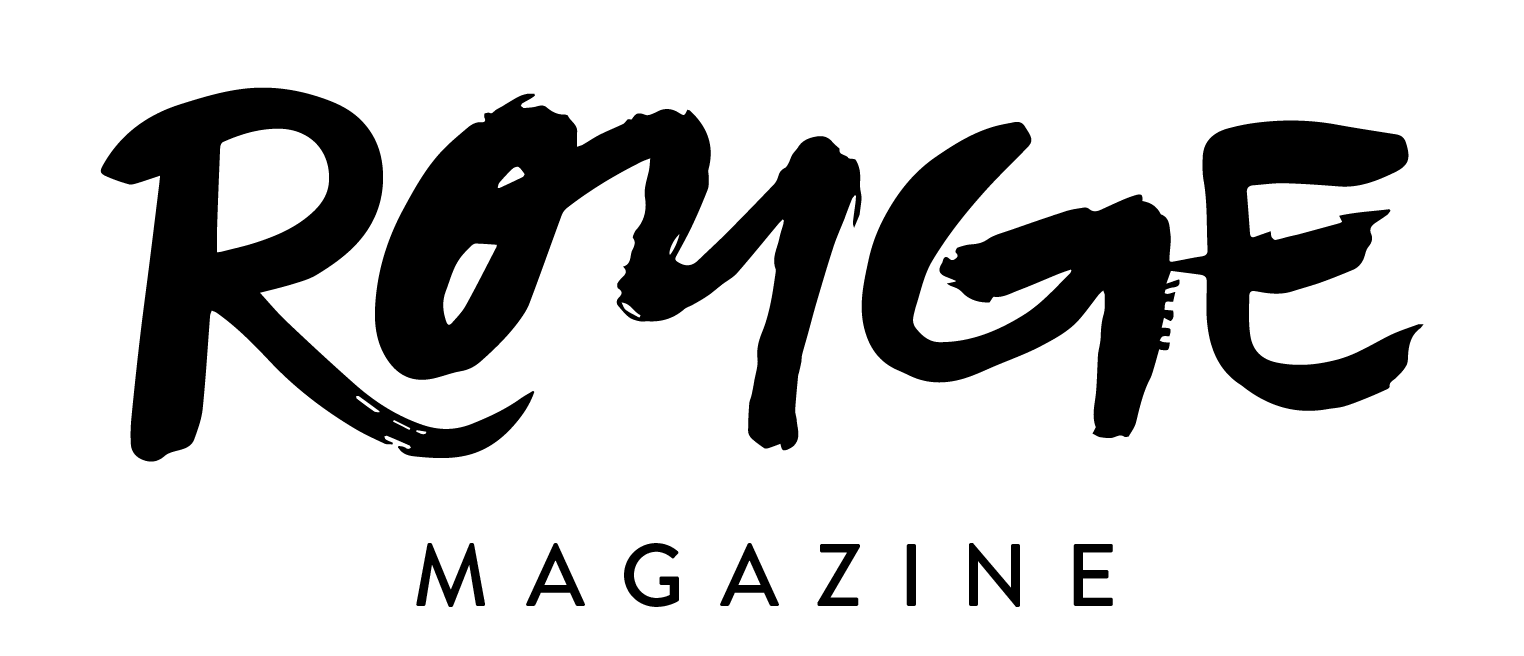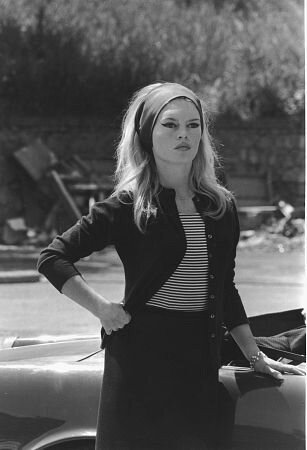The Headband: Reborn
Headbands, while seemingly relegated to children under the age of 10, are making an encouraging and warmly-received comeback onto our vanity tables, the accessories closets of many major fashion magazines, and the toolbox of various celebrity stylists.
Originally, headbands were the mark of great achievement as their earliest use was seen to distinguish winners of the Olympics in ancient Greece roughly 2,500 years ago. While headbands kept a low profile for the next two millennia, they rose to popularity again in the 1920s as a cornerstone and key component of the Flapper look, a look which captured the zeitgeist of the roaring 20s.
Midcentury, popular French actress Brigette Bardot drew attention to the headband as a thick, dark band perched atop her blonde bangs and thick cat-eye, which consummated her signature look.
Audrey Hepburn and Grace Kelly at around the same time marketed the idea of glamour utilizing headscarves and big sunglasses, another trend that lives on today.
After its prominence in the 1960s and ‘70s during the flower child era, the headband went on to play a more functional role in the realm of fashion. With the emergence of the aerobics craze, neon terrycloth headbands were a staple for Olivia Newton-John and Jane Fonda, which of course set off a spark across America to join in on the fad.
In today’s times, after the remake of The Great Gatsby and the headband’s popularity in styling (ex. Charlize Theron at the Golden Globes, Kate Middleton’s padded version), headbands have made a stellar comeback with new varieties and once again are back a la mode with a promising future for their place among our accessories collections.







